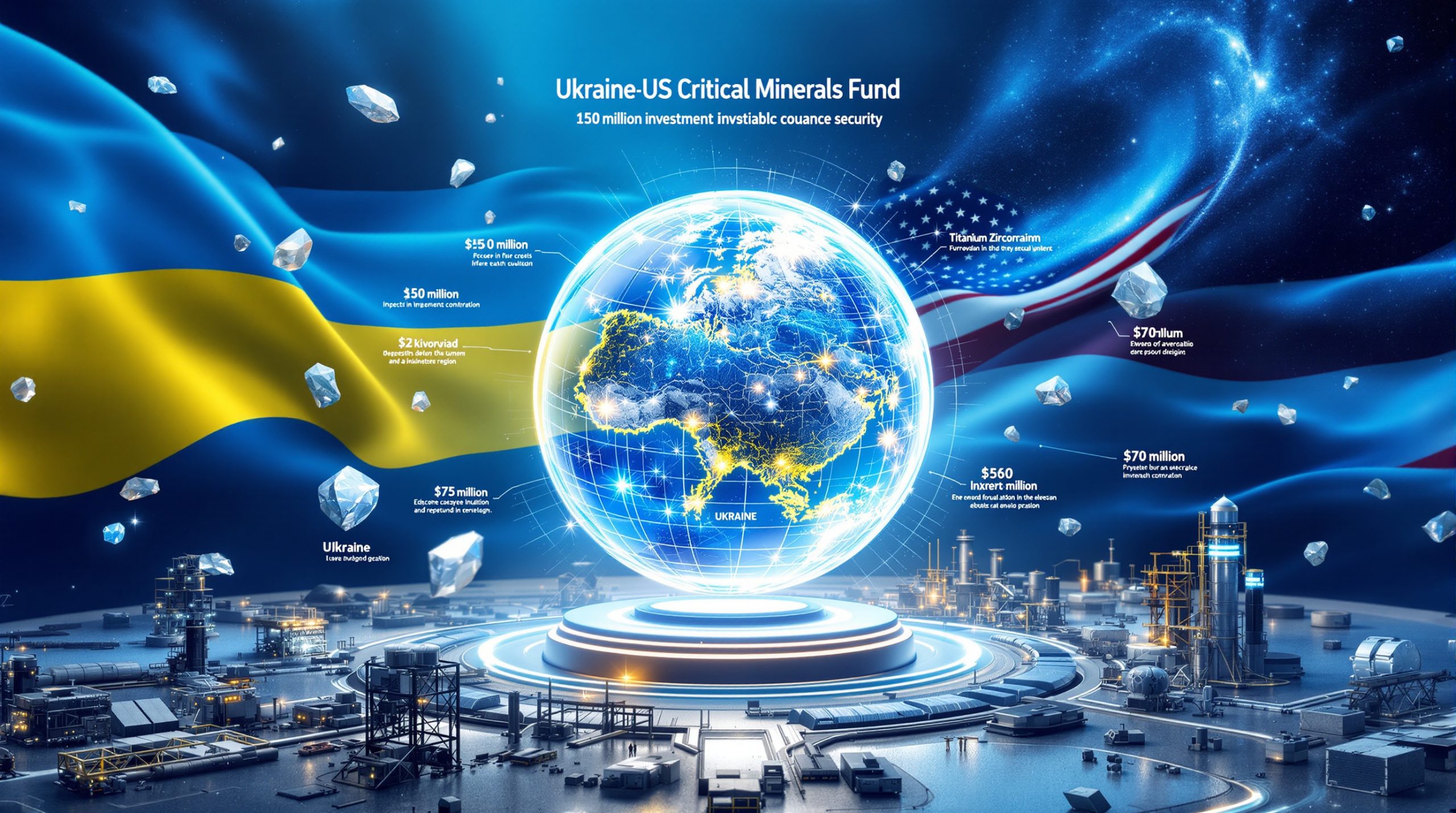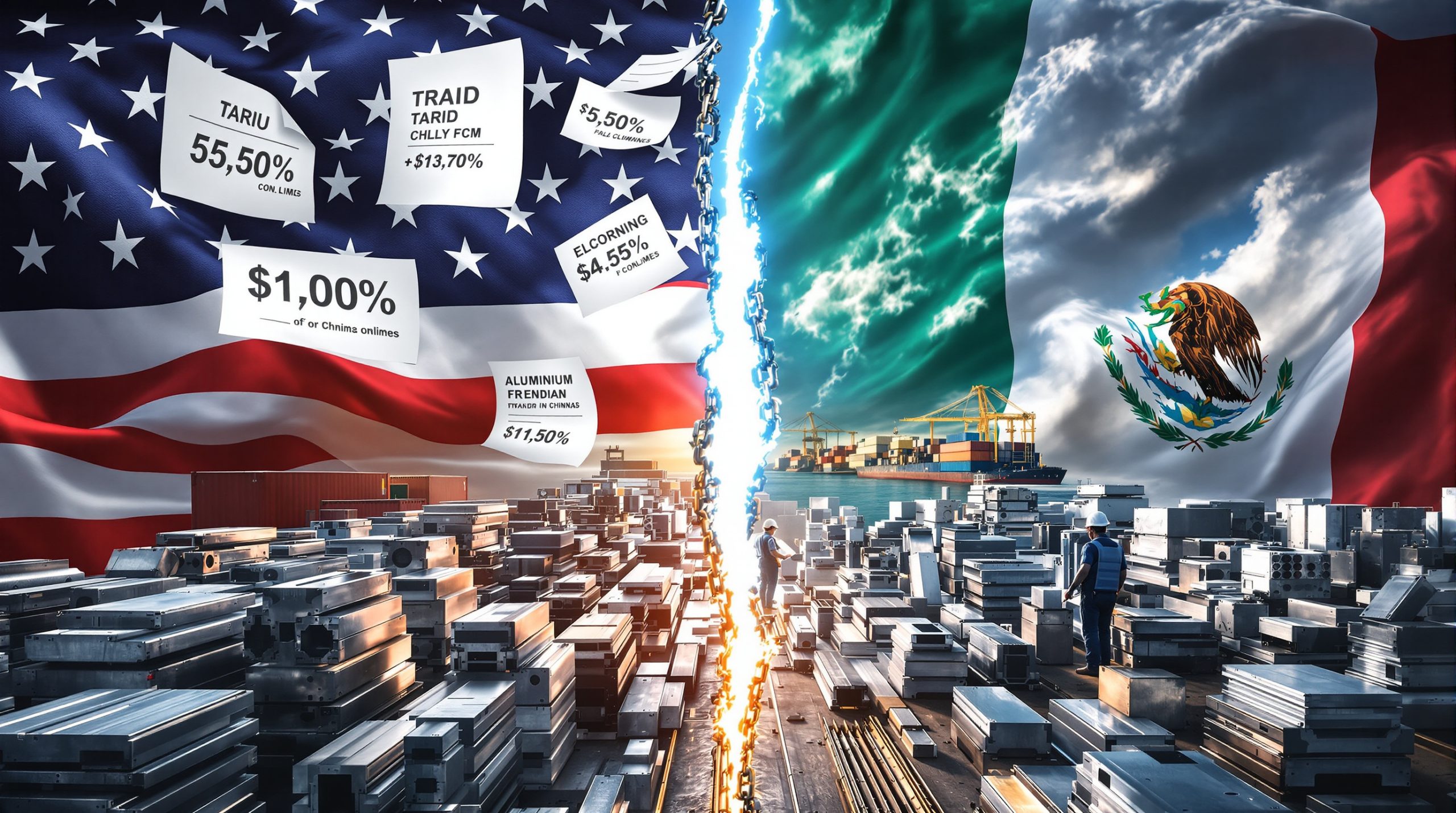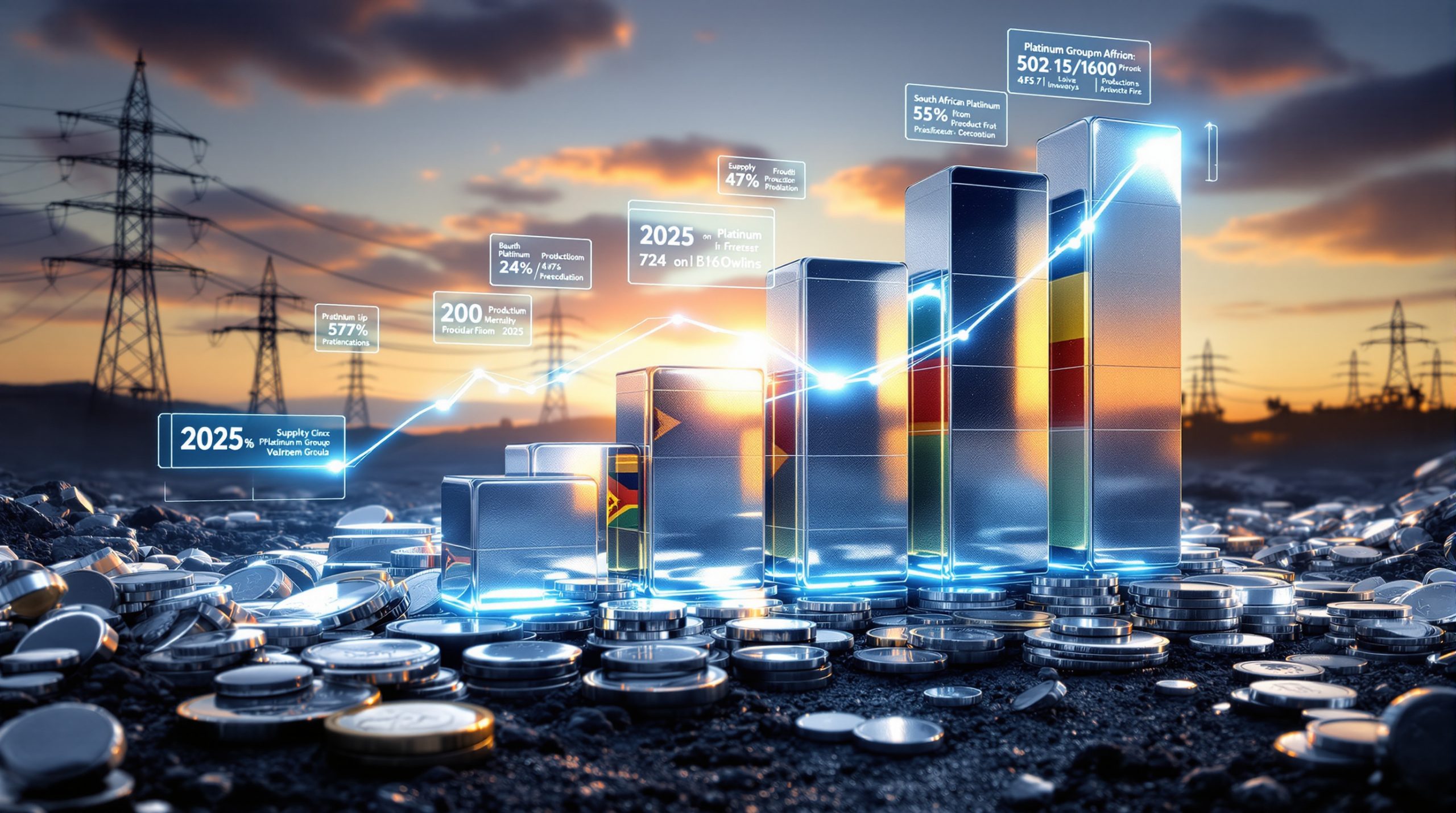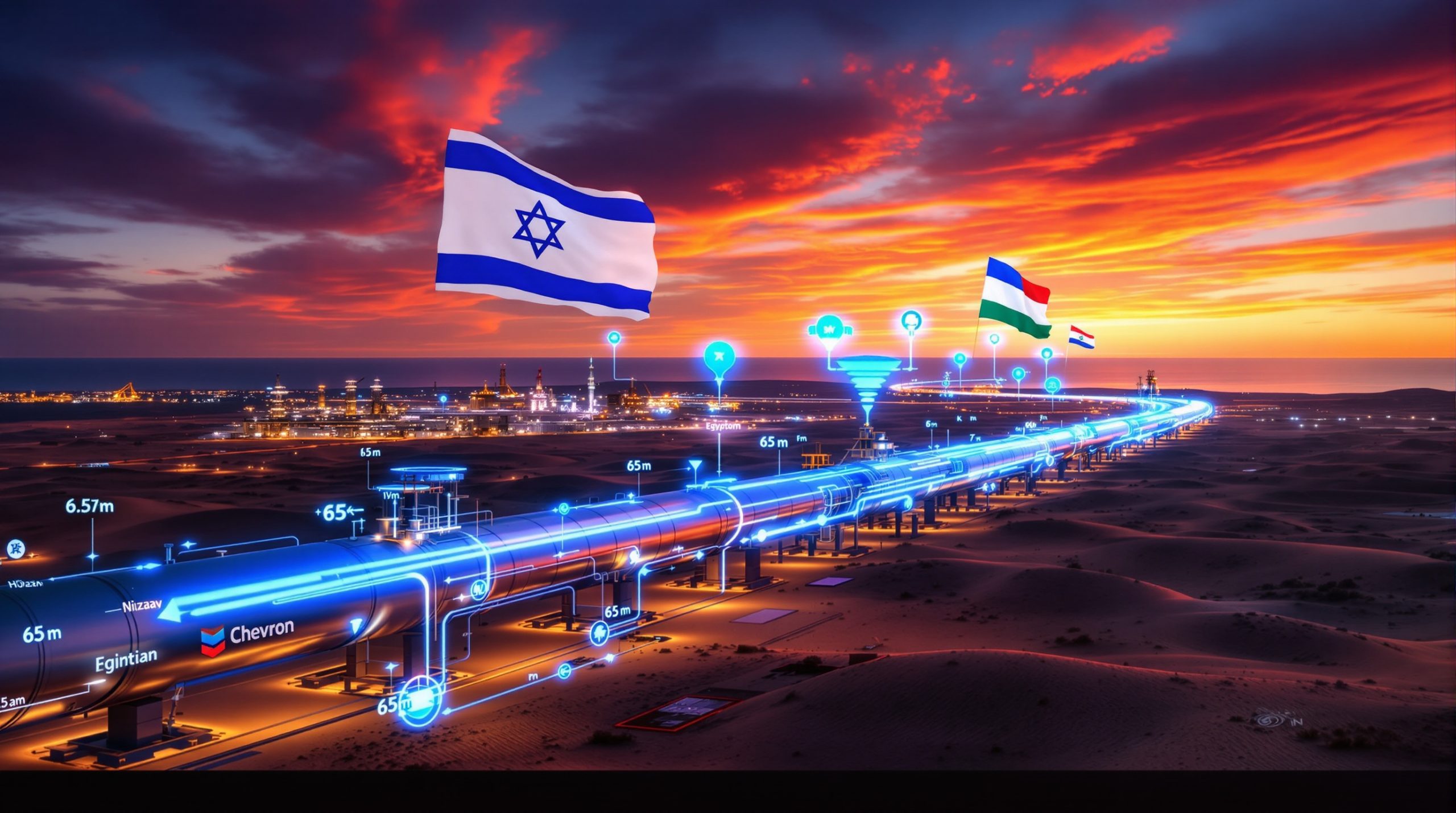Tesla-Syrah Graphite Deal: Strategic Importance in a Changing Supply Chain
The evolving landscape of electric vehicle manufacturing hinges on securing reliable sources of critical battery materials. Among these crucial components, graphite stands out as particularly essential, representing approximately 95% of a typical lithium-ion battery anode. Recent developments in a key Syrah Resources Tesla graphite supply deal highlight both the opportunities and challenges in building resilient battery supply chains outside of China's dominant influence.
Key Deal Terms and Structure
The Tesla-Syrah Resources graphite supply agreement, established in 2021, represents a significant milestone in North American battery material sourcing. This four-year contract commits Tesla to purchasing 8,000 tonnes of active anode material (AAM) annually from Syrah's Vidalia facility in Louisiana. The material processing begins with raw graphite sourced from Syrah's Balama mine in Mozambique, creating a vertically integrated supply chain spanning multiple continents.
This arrangement includes a fixed pricing structure designed to provide stability for both parties in what has traditionally been a volatile battery materials market. The agreement's structure allows Tesla to secure a critical battery component while giving Syrah the financial foundation needed to expand its processing capabilities in the United States.
Strategic Significance for Both Companies
For Tesla, this agreement represents a concrete step toward reducing dependency on Chinese-processed battery materials. As the company continues to expand its manufacturing footprint across North America, securing domestically processed graphite aligns with both supply chain security goals and potential regulatory advantages.
From Syrah's perspective, the deal positions the company as a pioneer in establishing large-scale graphite processing outside of China. According to a Reuters report from September 2025, the Vidalia facility represents "the only vertically integrated, large-scale anode material producer outside China," highlighting its unique position in the market.
The strategic value extends beyond the immediate business relationship, potentially influencing broader industry trends toward supply chain regionalization and reduced dependence on single-source materials.
Why is the Tesla-Syrah Deal Facing Challenges?
Recent Compliance Issues
In July 2025, Tesla issued a default notice to Syrah Resources, citing the company's alleged failure to deliver conforming active anode material samples for qualification testing. This development threatened the continuation of their graphite supply agreement, with an original resolution deadline set for September 16, 2025.
However, recent developments suggest both companies are working to preserve the relationship. According to Reuters reporting from September 2025, "While Syrah does not accept it is in default under the offtake agreement, the parties have extended the cure date to November 15, 2025." This extension provides additional time to resolve technical issues while maintaining the framework of the agreement.
If unresolved, Tesla maintains the right to terminate the agreement if Syrah fails to achieve final qualification by February 9, 2026, as stipulated in their contract terms.
Technical Production Hurdles
The challenges facing this partnership highlight the complex technical realities of scaling advanced materials production. Moving from pilot-scale to commercial-scale production of battery-grade materials involves navigating numerous quality control parameters, particularly for materials destined for high-performance applications like electric vehicle batteries.
Battery manufacturers require exceptionally consistent material properties across production batches. Even minor variations in particle size distribution, purity levels, or surface characteristics can significantly impact battery performance, safety, and longevity. These exacting standards create substantial hurdles for new entrants in the battery materials space, especially those attempting to establish production outside of regions with decades of processing experience.
The technical difficulties encountered in this case reflect broader industry challenges in establishing new supply chains for critical materials, where expertise and processing knowledge have historically been concentrated in specific geographic regions.
How Does This Deal Impact the US Battery Supply Chain?
Reducing Chinese Dependency
The battery materials landscape has long been dominated by Chinese processors, particularly for graphite. While precise market share statistics vary by source, industry analysts widely acknowledge that Chinese companies control the vast majority of global graphite processing capacity for battery applications.
The Vidalia facility represents a strategic attempt to alter this imbalance by establishing significant active anode material production capacity within the United States. According to the Reuters report, the facility is described as part of Syrah's strategy "to become America's first major non-Chinese graphite supplier," highlighting its importance in diversifying supply chains.
This diversification effort aligns with broader policy objectives in the United States, where reducing dependency on critical minerals has become an increasingly important national security and economic priority under multiple administrations, including the current Trump administration.
Economic and Manufacturing Implications
Beyond the immediate supply chain considerations, the Tesla-Syrah agreement carries significant implications for domestic manufacturing capabilities. The establishment of advanced materials processing in Louisiana potentially creates a nucleus for additional battery-related investments in the region.
The success or failure of this venture may influence investment decisions for other battery material processors considering U.S. operations. A successful qualification and ongoing supply relationship would demonstrate the commercial viability of non-Chinese supply chains, potentially accelerating additional investments in domestic processing capabilities.
Conversely, persistent technical challenges could highlight the difficulties in establishing competitive processing operations outside established hubs, potentially slowing the pace of supply chain diversification efforts.
What Are the Long-Term Stakes for Both Companies?
Tesla's Battery Material Strategy
For Tesla, the Syrah agreement represents just one component of a multi-faceted battery material sourcing strategy. As the company continues expanding vehicle production capacity globally, securing multiple reliable material streams becomes increasingly critical to maintaining production targets and controlling costs.
The company's approach balances immediate supply needs with longer-term strategic considerations, including geopolitical risks, potential trade disruptions, and evolving regulatory landscapes. By establishing supply relationships with processors outside of China, Tesla gains additional flexibility to navigate potential future trade restrictions or export controls affecting battery materials.
This agreement also supports Tesla's broader sustainability objectives by potentially reducing transportation distances for processed materials destined for North American vehicle production, though the environmental benefits depend on numerous factors including energy sources used in processing operations.
Syrah's Business Transformation
For Syrah Resources, the Tesla agreement underpins a fundamental business transformation from mining operator to advanced materials producer. The Vidalia facility represents a pivotal expansion beyond raw material extraction into higher-value processing operations.
This vertical integration strategy moves Syrah up the value chain into more technically sophisticated operations with potentially higher margins than raw material exports. The success of this transition could dramatically reshape the company's growth trajectory and market positioning.
The Reuters reporting characterizes the Tesla contract as "vital to [Syrah's] US expansion," underscoring its central importance to the company's strategic direction. Should the technical challenges be resolved successfully, Syrah could leverage this reference customer to secure additional offtake agreements with other electric vehicle manufacturers seeking to diversify their supply chains.
What Happens if the Deal Falls Through?
Potential Termination Scenarios
While both companies appear committed to resolving the current technical issues, the possibility of agreement termination remains if compliance cannot be achieved within the extended timeframe. According to the Reuters report, "Tesla may terminate the deal if Syrah's Vidalia facility fails to achieve final qualification of its anode material by February 9, 2026."
The extension of the cure period from September 16 to November 15, 2025, suggests willingness on both sides to preserve the relationship, but technical qualification requirements for battery materials typically leave limited room for compromise on performance specifications.
Should termination occur, Tesla would likely activate contingency sourcing plans with alternative suppliers, while Syrah would face significant challenges in securing replacement customers at equivalent volumes and terms, potentially impacting the financial viability of the Vidalia facility expansion.
Market Implications of Potential Failure
A failure of this high-profile agreement could have ripple effects beyond the two companies directly involved. For the broader battery materials industry, it might signal the substantial technical and economic challenges in establishing competitive processing operations outside of China, potentially cooling investor enthusiasm for similar ventures.
For policymakers focused on supply chain security, such an outcome might highlight the need for additional support mechanisms beyond market incentives to establish domestic processing capabilities for critical minerals. This could influence future policy decisions regarding industrial subsidies, technical assistance programs, or additional tariff measures.
The strategic importance of this agreement extends beyond its direct commercial value, serving as a test case for broader efforts to restructure battery supply chains in response to geopolitical considerations.
How Does This Deal Compare to Other Battery Material Agreements?
Benchmarking Against Industry Standards
The Tesla-Syrah agreement follows patterns established in other battery material supply contracts, with fixed volumes and multi-year commitments providing stability for both buyer and seller. The four-year term represents a relatively long commitment in the rapidly evolving battery materials market, reflecting both Tesla's confidence in continued demand growth and Syrah's need for revenue certainty to support facility investments.
The fixed pricing structure reported in the agreement differs somewhat from industry norms, where many supply agreements include some form of indexing or adjustment mechanism to account for market fluctuations. This fixed approach provides Syrah with more predictable revenue streams but potentially increases Tesla's risk if market prices decline significantly during the contract period.
The strict quality requirements reportedly causing the current compliance issues appear consistent with Tesla's reputation for demanding exacting material specifications, reflecting the company's focus on battery performance and reliability.
Emerging Trends in Battery Material Sourcing
This agreement exemplifies several emerging trends in battery material procurement strategies, including increased vertical integration, geographic diversification of processing, and more direct manufacturer involvement in securing upstream materials.
Vehicle manufacturers increasingly recognize the strategic importance of battery materials in their supply chains, leading to more proactive engagement with material processors and miners than was typical in previous automotive industry practices. This shift reflects both the critical nature of battery performance to electric vehicle success and growing concerns about material availability as electrification accelerates.
The emphasis on establishing processing capabilities outside traditional hubs aligns with broader industry trends toward supply chain regionalization and resilience, driven by both commercial considerations and policy incentives in major automotive markets.
What Are the Environmental and Sustainability Aspects?
Carbon Footprint Considerations
While detailed carbon footprint analyses for the Syrah-Tesla supply chain are not publicly available, several general principles apply to this type of arrangement. Processing materials closer to their end use typically reduces transportation-related emissions, though these benefits must be weighed against potential differences in processing efficiency and energy sources between locations.
U.S.-based processing operations generally operate under stricter environmental regulations than many international alternatives, potentially resulting in better pollution control and waste management practices. However, the overall environmental impact depends heavily on the specific technologies employed and energy sources utilized in the processing operations.
The vertical integration from mine to processor potentially enables better traceability and accountability throughout the supply chain, supporting Tesla's ability to document and potentially improve the environmental footprint of its battery materials.
Regulatory Compliance Advantages
Processing graphite within the United States positions both companies to potentially benefit from various regulatory incentives designed to promote domestic manufacturing and clean energy supply chains. While specific tax credits and incentives evolve with policy changes, domestic material processing typically enjoys advantages in qualifying for various government support programs compared to imported alternatives.
The arrangement may also simplify compliance with increasingly stringent supply chain transparency requirements being implemented in major markets, including upcoming regulations in the European Union requiring detailed documentation of battery material origins and environmental impacts.
For Tesla, maintaining vertically integrated supply relationships with transparent environmental practices supports the company's broader marketing narrative around sustainability and responsible sourcing, potentially providing competitive advantages with environmentally conscious consumers.
FAQ: Tesla-Syrah Graphite Supply Agreement
What exactly is active anode material (AAM)?
Active anode material refers to specially processed graphite that has been engineered for use in lithium-ion battery anodes. Natural graphite undergoes multiple transformation steps to become AAM, including purification to remove impurities, particle sizing and shaping to optimize performance, surface treatments to improve stability, and thermal processing to enhance electrical conductivity. These processes convert raw graphite into a highly specialized material optimized for lithium-ion intercalation, the electrochemical process that enables battery charging and discharging.
Why is graphite important for electric vehicles?
Graphite constitutes the largest component by weight in most electric vehicle batteries, with a typical EV requiring between 50-100kg of graphite material. Its layered structure allows lithium ions to move in and out during charge-discharge cycles while maintaining structural stability. This unique property, combined with graphite's excellent electrical conductivity and relatively low cost compared to alternative anode materials, makes it essential for current lithium-ion battery technologies. As electric vehicle production increases globally, securing stable graphite supplies becomes increasingly critical for manufacturers.
Could synthetic graphite replace natural graphite in this agreement?
While synthetic graphite can serve as an alternative to natural graphite in battery applications, it typically comes with significant trade-offs. Synthetic graphite production is considerably more energy-intensive and expensive than processing natural graphite, often resulting in 20-30% higher costs. The energy requirements for synthetic production also typically result in a larger carbon footprint, potentially conflicting with sustainability objectives. Most battery manufacturers, including Tesla, use a strategic blend of natural and synthetic graphite to optimize performance, cost, and environmental impact, though the exact ratios remain proprietary.
What other graphite supply agreements does Tesla have?
Tesla maintains a diversified graphite sourcing strategy to mitigate supply risks, though specific details of many agreements remain confidential. The company has publicly acknowledged working with multiple suppliers across different regions to ensure supply security. This diversification approach aligns with Tesla's broader battery material strategy, which emphasizes maintaining multiple supply options for critical components to reduce vulnerability to disruptions from any single source.
Conclusion: The Broader Significance of the Tesla-Syrah Partnership
Key Takeaways for Industry Observers
The Syrah Resources Tesla graphite supply deal represents a critical test case for reshoring battery material production outside of traditional processing hubs. Its progress illuminates both the strategic opportunities and practical challenges in establishing new supply chains for technically sophisticated battery materials. The current compliance issues highlight the complex quality requirements for battery-grade materials, where meeting exact specifications remains challenging even for established producers.
The extension of compliance deadlines demonstrates both companies' commitment to making the relationship work, reflecting the strategic importance of this supply chain link beyond immediate commercial considerations. The outcome of this collaboration will likely influence broader industry perspectives on the feasibility and timeline for establishing competitive battery material processing outside of China.
Future Outlook and Developments to Watch
Industry observers should monitor several key milestones in this evolving situation. The immediate focus falls on whether technical compliance issues can be resolved by the extended November 15, 2025 deadline. Beyond this immediate hurdle, attention will shift to progress toward final qualification by the February 2026 deadline that would trigger Tesla's termination right if unmet.
If successful, this partnership could catalyze additional investments in domestic battery material processing, potentially accelerating supply chain diversification efforts. Success would demonstrate that technical hurdles can be overcome with sufficient commitment and collaboration between suppliers and manufacturers.
The broader policy environment surrounding critical minerals will also influence outcomes, with potential changes to incentive structures, trade policies, or industrial support programs potentially shifting the economic calculations for domestic processing operations. As electric vehicle adoption accelerates globally, securing stable supplies of battery-grade materials will remain a strategic priority for manufacturers and an area of increasing policy focus for governments concerned with supply chain security.
Ready to Spot the Next Major Mineral Discovery?
Discover how significant mineral announcements can lead to exceptional market returns with Discovery Alert's proprietary Discovery IQ model, which provides instant notifications on ASX mineral discoveries. Explore historic examples of substantial returns by visiting Discovery Alert's dedicated discoveries page and position yourself ahead of the market.




